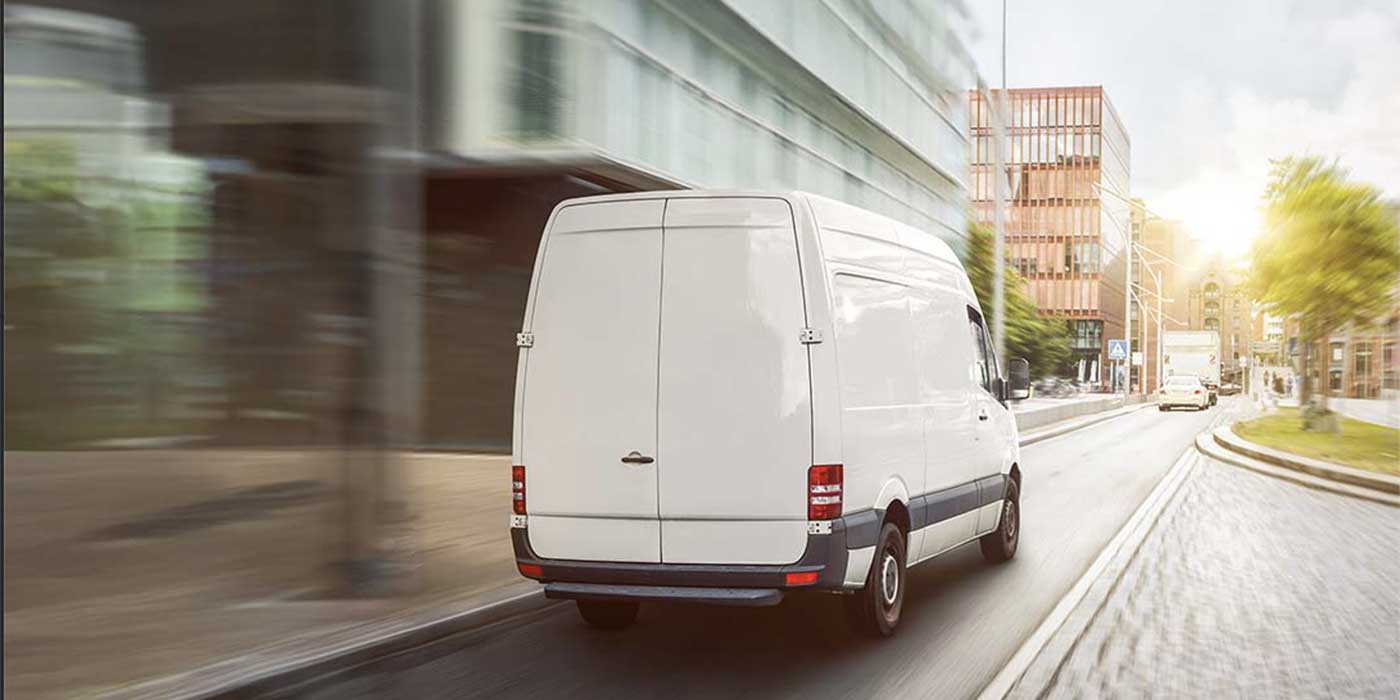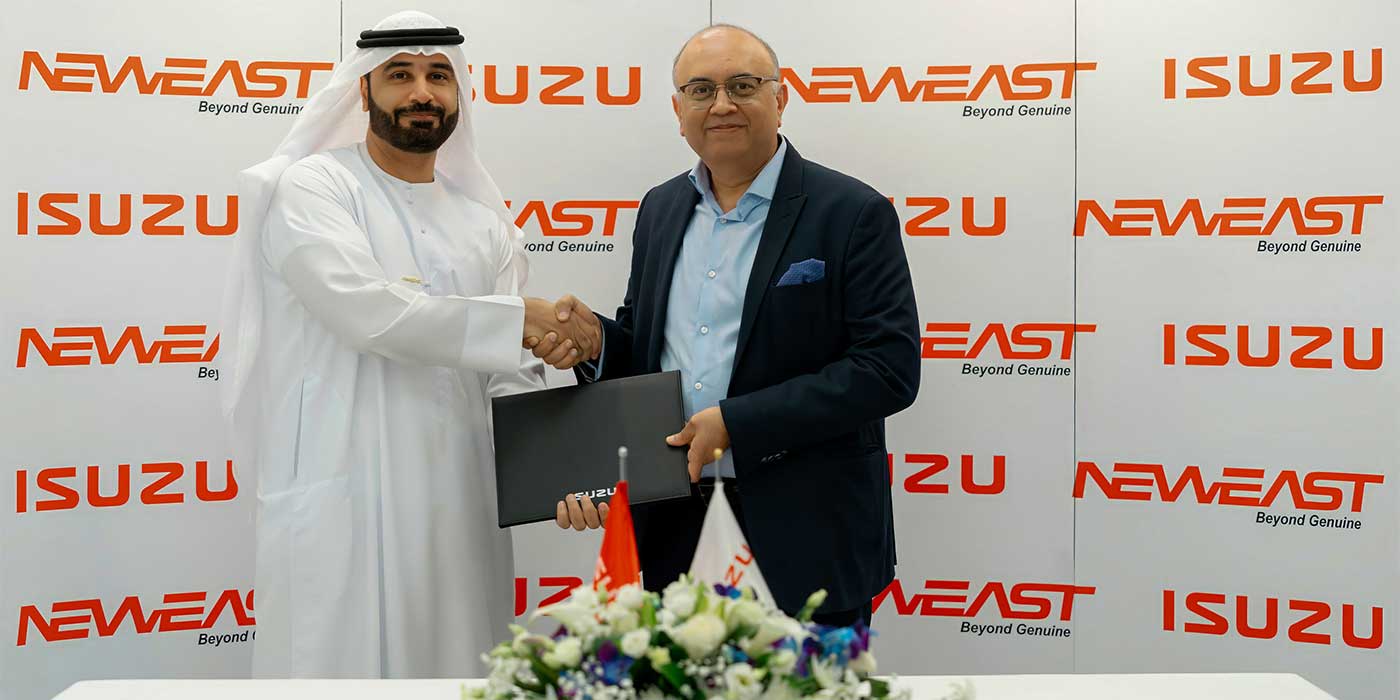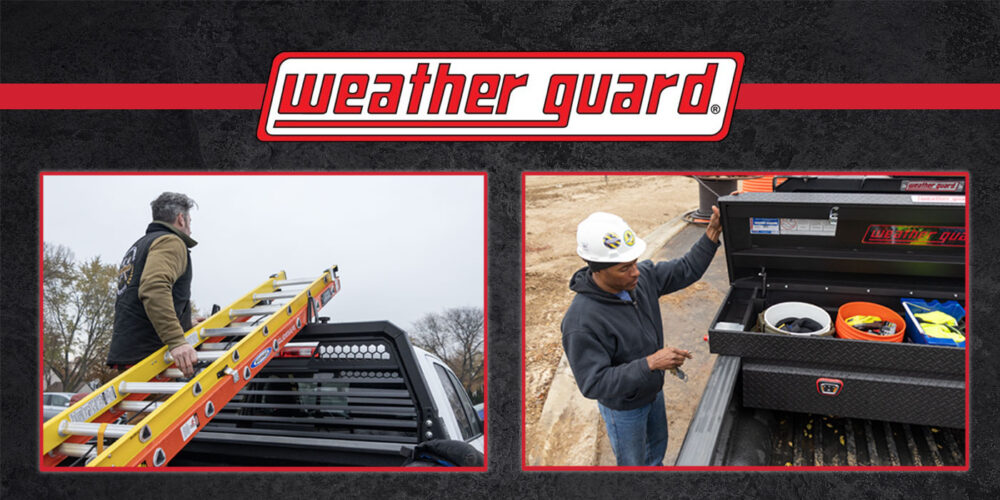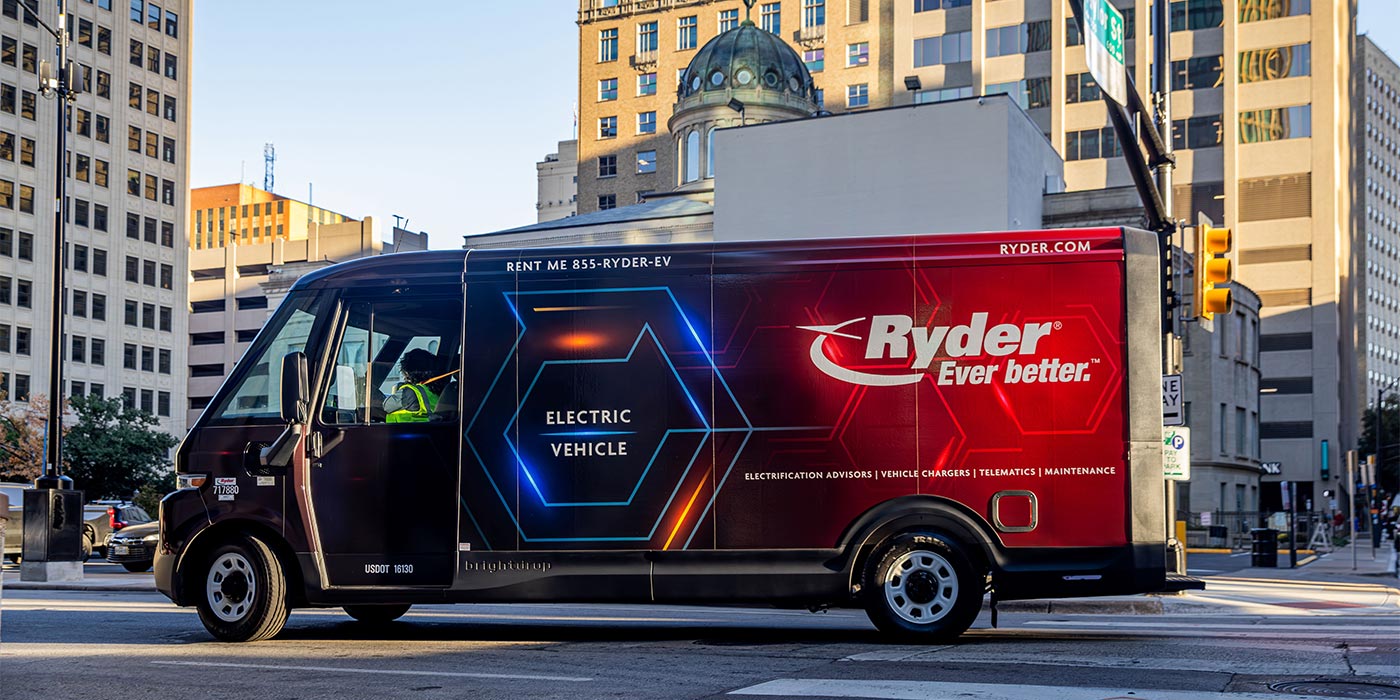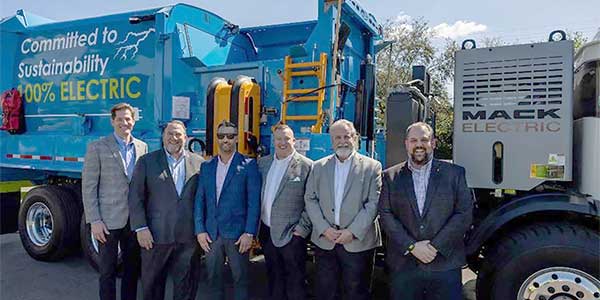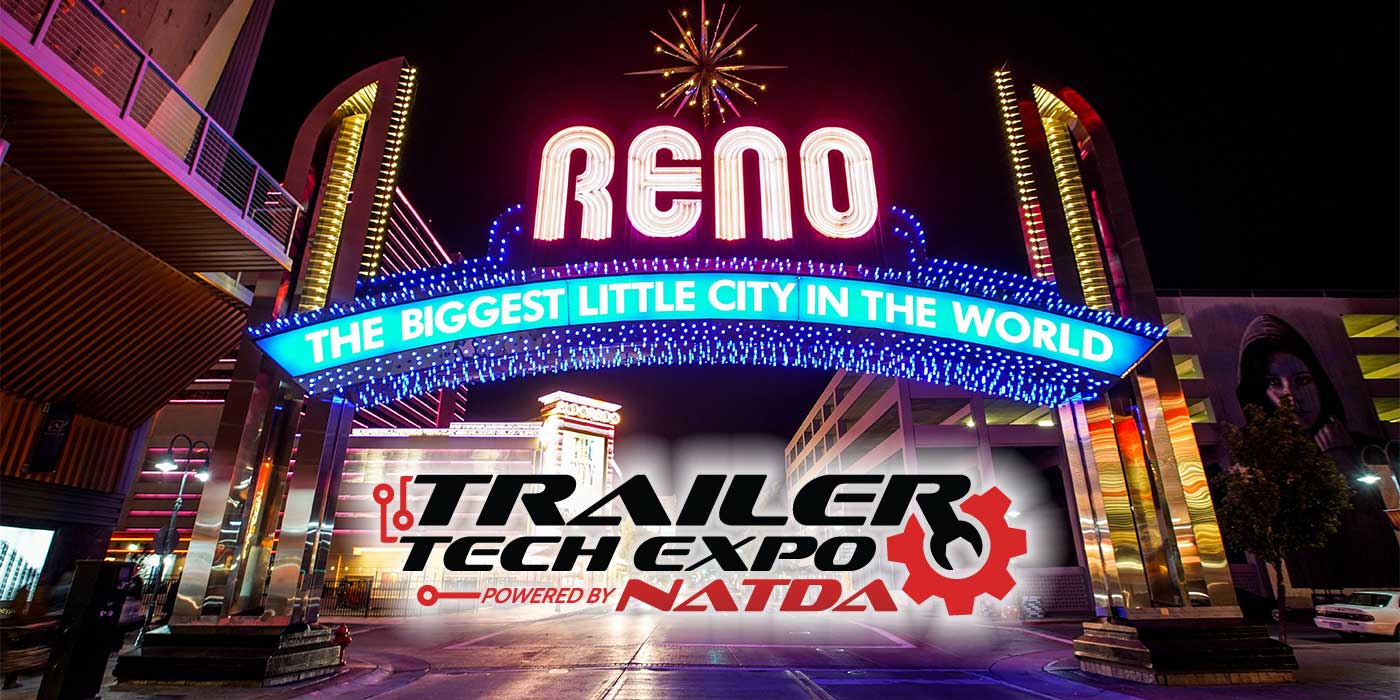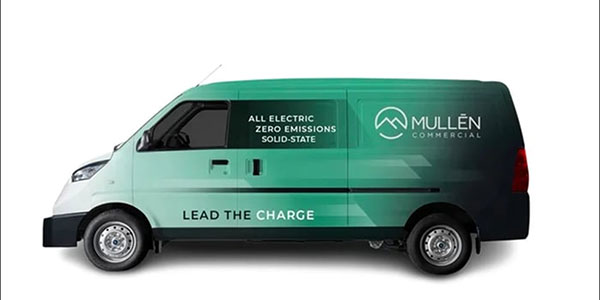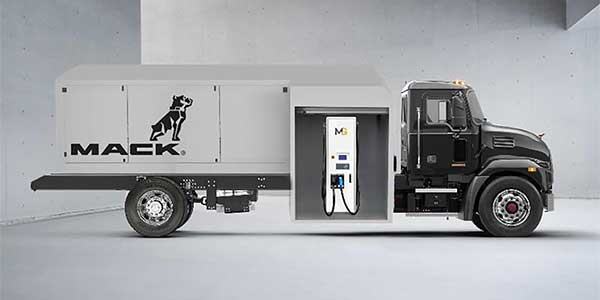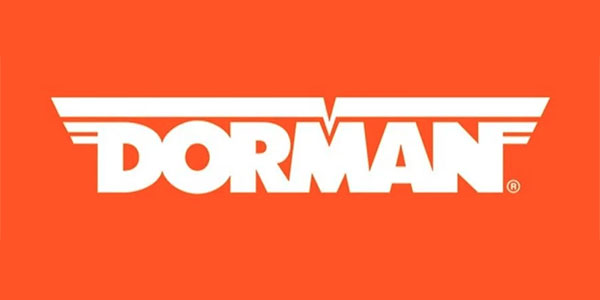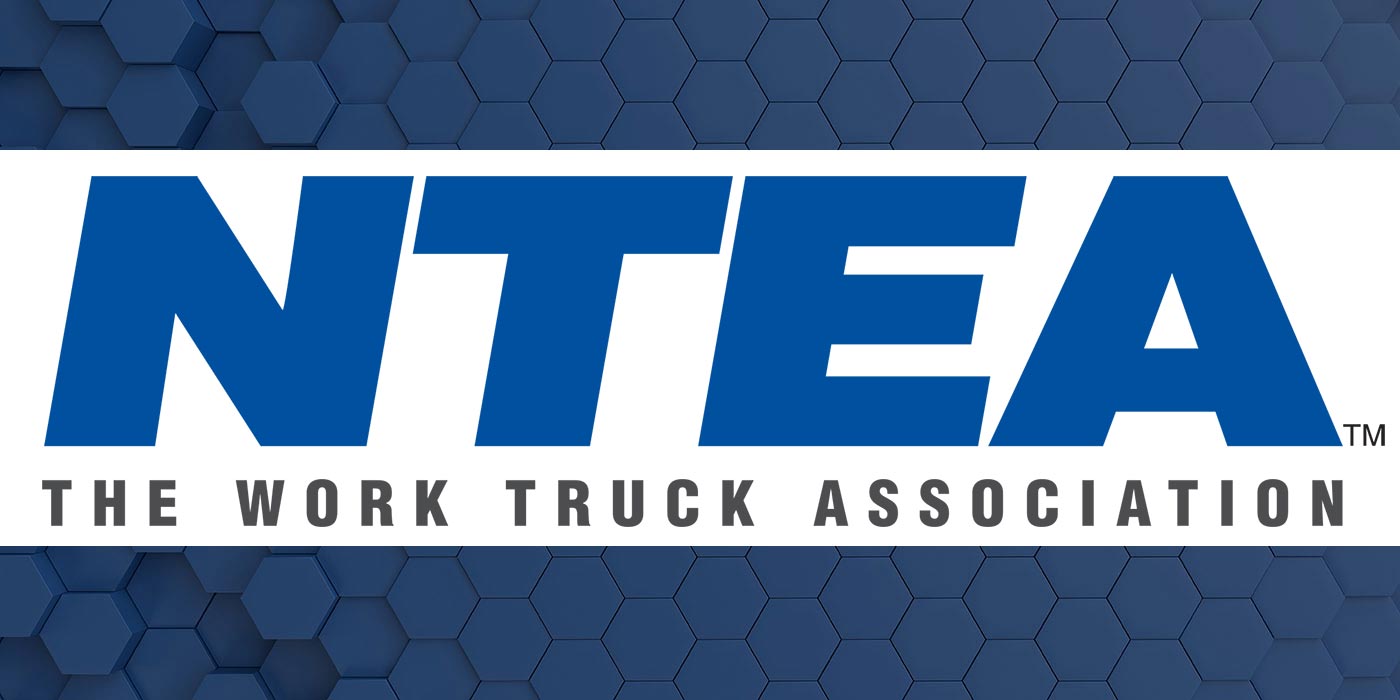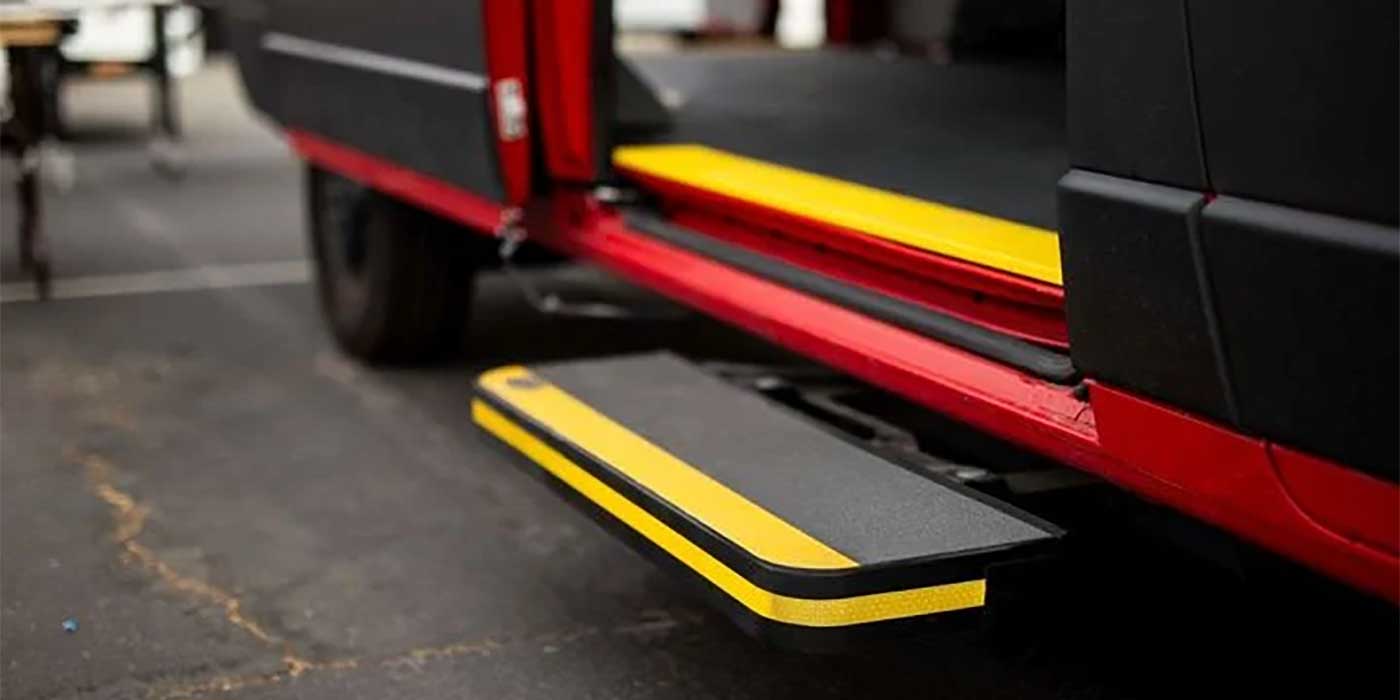Ford Motor Co. and Toyota Motor Corp. have announced they will collaborate on the development of a new hybrid system for light trucks and SUVs.
Once a formal agreement on product development is reached, the two manufacturers will bring the best of their independently developed hybrid powertrain technology and knowledge to a new co-developed system, which will be used in rear-wheel-drive light trucks from both companies by the end of this decade.
Ford and Toyota, which have been working on similar new rear-wheel-drive hybrid systems for light trucks, discovered common ground. The companies now believe that a collaborative effort will allow them to bring hybrid technologies to customers sooner and more affordably than either company could have alone.
The co-developed rear-wheel-drive hybrid system coming from Ford and Toyota, now in the early planning stages, will be based on an all-new architecture. The systems that will be integrated by the two manufacturers into their vehicles will share common technology and components, while each company will determine the calibration and performance dynamics characteristics of their respective light-duty pickups.
The availability of a growing number of hybrid options for trucks will become increasingly important as vehicle manufacturers work to meet new U.S. fuel efficiency and greenhouse gas emissions standards. Developed by the U.S. Department of Transportation (DOT) and the U.S. Environmental Protection Agency (EPA) and formally announced in August, the new standards cover pickups and vans, along with trucks, buses and other heavy-duty vehicles.
Under the joint DOT/EPA program, pickups and vans built from 2014 through 2018 will meet a new range of fuel efficiency and emissions reduction targets. In general, these vehicles will be required to achieve up to approximately a 15% reduction in fuel consumption and greenhouse gas emissions by model year 2018, saving an estimated one gallon of fuel for every 100 miles traveled.
The new standards rely heavily on the use of off-the-shelf technologies. Also noteworthy is that the regulations provide incentives for the development and deployment of innovative technologies, including hybrid power systems.
Industry participation in the development of the new fuel efficiency standards has not only generated support for the initiative. It is also a model of cooperation. So, too, is the new collaborative effort announced by Ford and Toyota.
“This agreement brings together the capability of two global leaders in hybrid vehicles and hybrid technology to develop a better solution more quickly and affordably for our customers,” said Derrick Kuzak, Ford group vice president, global product development.
Takeshi Uchiyamada, Toyota executive vice president, research and development, said, “We expect to create exciting technologies that benefit society with Ford—and we can do so through the experience the two companies have in hybrid technology.”
Ford and Toyota’s collaborative effort may be exactly what is required, not only to meet new fuel efficiency and emissions standards in the U.S., but also to address larger global challenges of energy independence and environmental sustainability.

